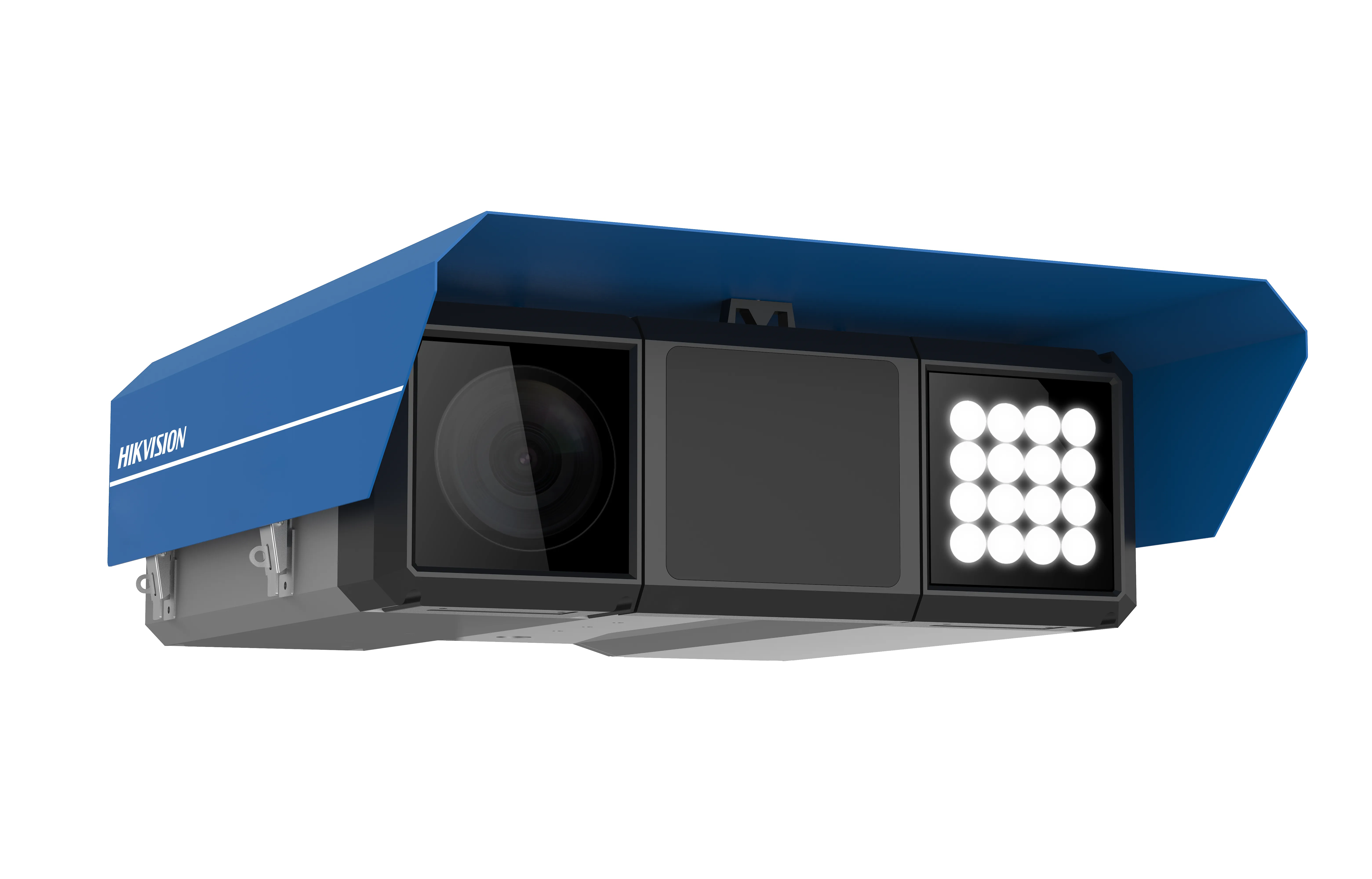
Hikvision has launched a camera which it says encompasses speed detection, traffic violation, automated plate recognition and vehicle attribute analysis in one housing.
The company says its Hikvision All-Rounder ITS Camera is suitable for urban roads, highways, tunnels and toll stations.
Frank Zhang, president of international product and solution centre at Hikvision, says: “Beyond the visual range that is perceived by video cameras, the abilities to understand other kinds of senses would allow even more precise monitoring and reporting of events or accidents.”
The product provides an HD camera, speed radar and light array.
Hikvision insists it works with a multi-tracking radar that continuously monitors up to two or three traffic lanes, and identifies the speed and position of objects in the monitored area at a speed of up to 300 km/h.
If a vehicle violates the speed limit, the embedded radar triggers the connected camera and a picture is taken of the vehicle and its number plate.
The camera is expected to respond to infringements of traffic rules such as wrong-way driving, improper lane use or failure to use a seatbelt by capturing images of the vehicle and recognising its number plate.
According to Hikvision, the GMOS (genetically modified organisms) sensor further ensures brighter and smoother images to be reproduced in challenging lighting conditions, especially in low-light environments.
Hikvision claims the camera's embedded supplemental light features a 16-bead light array, offering an IR range of up to 40m at night.
It offers less cabling for easier installation and supports flexible pole or side-mounting.










